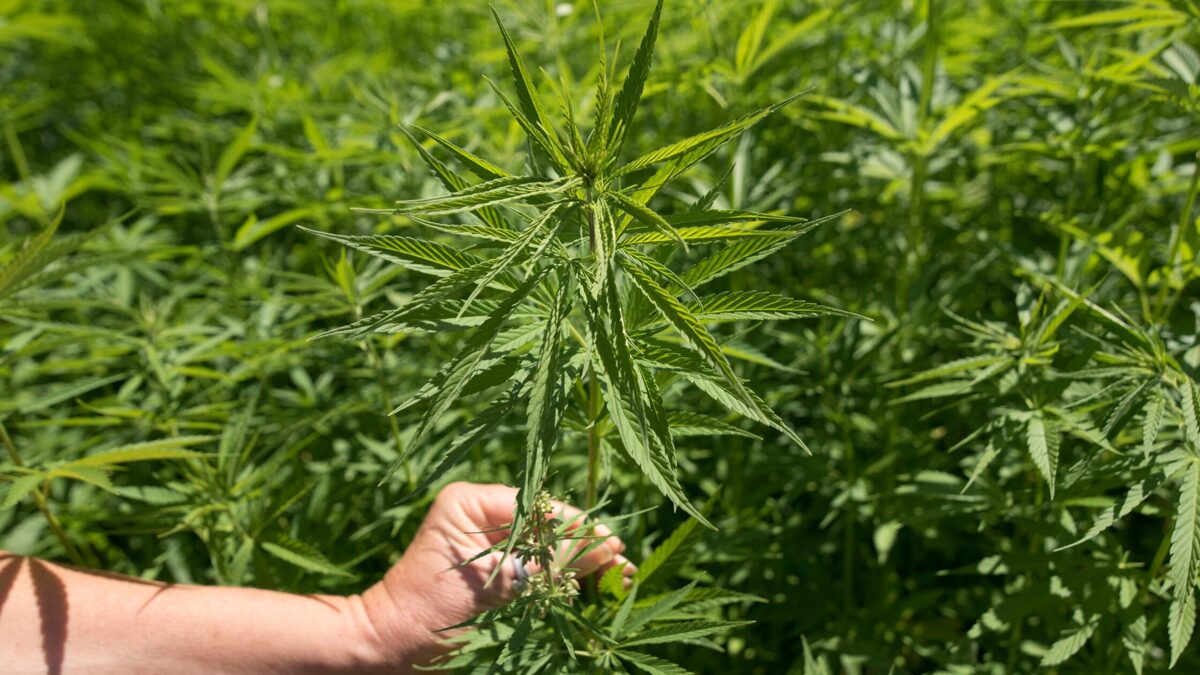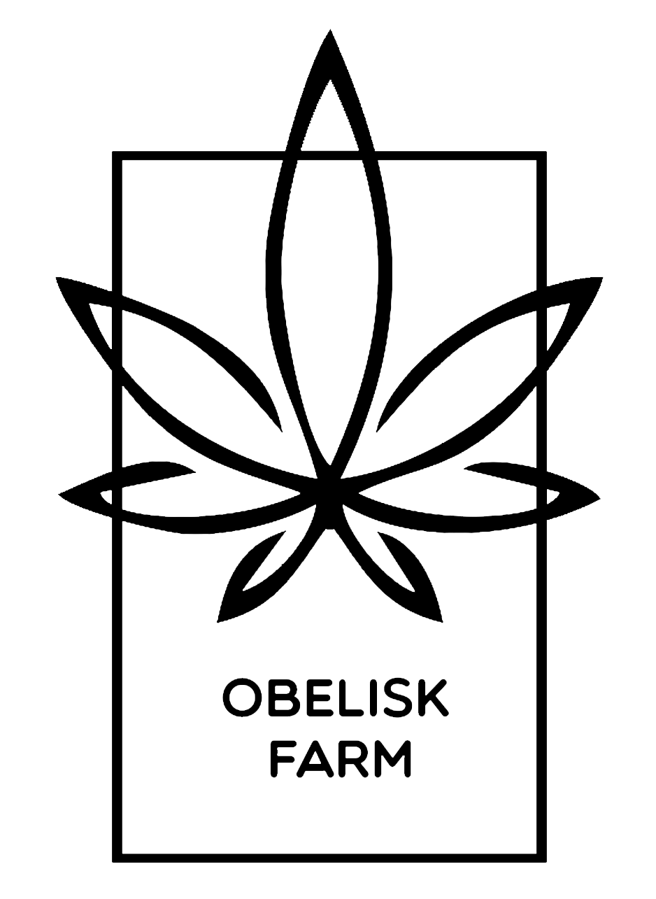The Science Behind Hemp: How It Grows and Thrives

Hemp, one of the most versatile and sustainable plants on Earth, has been cultivated for thousands of years for its fiber, seeds, and medicinal properties. But what makes this plant so unique? In this blog post, we’ll dive into the fascinating biology of the hemp plant, explore its growth cycle, and uncover the optimal conditions it needs to thrive. Whether you’re a farmer, a gardener, or simply a hemp enthusiast, this guide will give you a deeper understanding of how hemp grows and why it’s such a resilient crop.
The Biology of the Hemp Plant
Hemp (Cannabis sativa L.) is a member of the Cannabaceae family and is closely related to hops. It’s a dioecious plant, meaning it has separate male and female plants. However, some varieties are monoecious, with both male and female flowers on the same plant. Here’s a closer look at its key biological features:
Leaves: Hemp leaves are palmately compound, with 5 to 9 slender, serrated leaflets. They are rich in chlorophyll, making them highly efficient at photosynthesis.
Stems: The stems are tall and fibrous, with a woody core that makes them ideal for producing strong, durable fibers.
Flowers: Female hemp plants produce flowers rich in cannabinoids like CBD, while male plants produce pollen for fertilization.
Seeds: Hemp seeds are small, nutrient-dense, and packed with protein, healthy fats, and minerals.
The Growth Cycle of Hemp
Hemp is an annual plant, meaning it completes its life cycle in one growing season. Here’s a breakdown of its growth stages:
1. Germination (5–10 days)
The hemp growth cycle begins with germination. Seeds require moisture, warmth (around 50–60°F or 10–15°C), and oxygen to sprout. Once the seed absorbs water, the root (radicle) emerges, followed by the shoot (plumule).
2. Seedling Stage (2–3 weeks)
During this stage, the plant develops its first true leaves and establishes a strong root system. Hemp seedlings are delicate and require careful attention to water and light.
3. Vegetative Stage (3–8 weeks)
This is the most rapid growth phase. The plant focuses on developing stems, leaves, and roots. Hemp can grow up to 10 cm (4 inches) per day under optimal conditions! Adequate nutrients, especially nitrogen, are crucial during this stage.
4. Flowering Stage (6–8 weeks)
As daylight hours decrease, hemp enters the flowering stage. Female plants develop resinous flowers rich in cannabinoids, while male plants produce pollen. For CBD production, female plants are preferred, as they produce higher cannabinoid concentrations.
5. Harvesting (Late summer to early fall)
The timing of harvest depends on the intended use:
Fiber: Harvested early, when plants are tall but before seeds mature.
Seeds: Harvested when seeds are fully developed and begin to harden.
CBD: Harvested when flowers reach peak cannabinoid content.
After harvest, the plant completes its life cycle, and seeds can be collected for the next planting season.
Optimal Growing Conditions for Hemp
Hemp is known for its hardiness, but it thrives best under specific conditions. Here’s what you need to know:
1. Climate
Hemp prefers temperate climates with moderate rainfall.
It grows best in temperatures between 60–80°F (15–27°C).
While hemp can tolerate light frosts, prolonged cold or extreme heat can stunt growth.
2. Soil
Hemp grows well in well-drained, loamy soils with a pH between 6.0 and 7.5.
It’s a nutrient-hungry plant, requiring nitrogen, phosphorus, and potassium for optimal growth.
Crop rotation is recommended to maintain soil health and prevent nutrient depletion.
3. Water
Hemp requires consistent moisture, especially during the germination and vegetative stages.
Overwatering can lead to root rot, so well-drained soil is essential.
4. Light
Hemp is a photoperiodic plant, meaning its flowering is triggered by changes in daylight.
It thrives in full sunlight, requiring at least 12 hours of light per day during the vegetative stage.
5. Spacing
Proper spacing is crucial to prevent overcrowding and ensure adequate airflow.
For fiber production, plants are typically spaced closer together, while CBD or seed production requires more space.
Why Hemp is a Resilient Crop
Hemp’s adaptability and resilience make it a favorite among farmers and environmentalists alike. Here’s why:
Low Water Requirements: Compared to crops like cotton, hemp requires significantly less water.
Natural Pest Resistance: Hemp produces compounds that deter pests, reducing the need for pesticides.
Soil Regeneration: Its deep root system helps prevent soil erosion and improves soil structure.
Carbon Sequestration: Hemp absorbs large amounts of CO2, making it a powerful tool in combating climate change.
Final Thoughts
Understanding the science behind hemp’s growth and biology not only deepens our appreciation for this remarkable plant but also highlights its potential as a sustainable crop for the future. Whether you’re growing hemp for fiber, seeds, or CBD, providing the right conditions will ensure a healthy and bountiful harvest.
At [Your Farm Name], we’re passionate about sharing the wonders of hemp with the world. Stay tuned for more insights, tips, and stories about this incredible plant!
🌱 Have questions about growing hemp? Drop them in the comments below—we’d love to hear from you!
